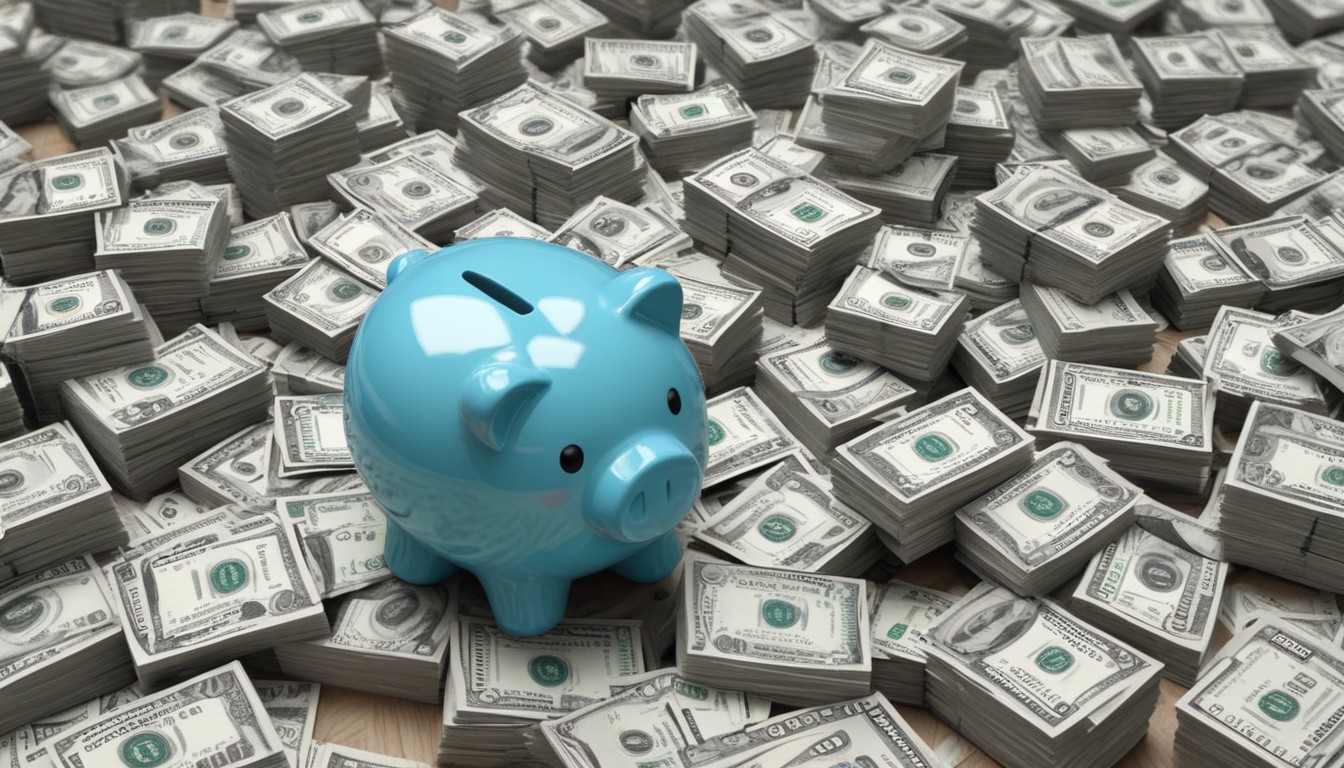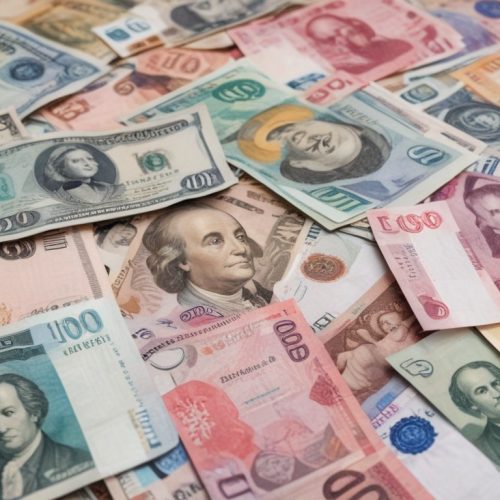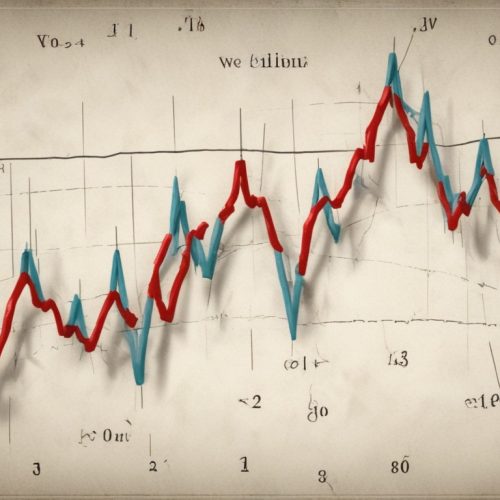What is Market Capitalization Stock
Market capitalization – is a metric used to estimate the total value of all outstanding (issued) shares of one company or another. It’s not the most precise method of evaluating what a company is worth, but it’s one of the most used. At the very least, it gives a general idea of business’ size.
Market capitalization or ‘market cap’ for short is calculated by multiplying the market price of the share by the amount of these shares. The formula is incredibly easy, therefore:
Market cap = outstanding shares * price of a share
For instance, if a company issued a total of 100000 shares and each is currently worth $10, then the market capitalization of this company would be $1 million. Therefore, the company is worth roughly the same amount of money.
The flaws of market cap
Obviously, it’s not that easy to figure out the pure value of the business. Shares do represent equal portions of the company’s pure profits, but the calculation doesn’t take into account other assets and property in issuer’s possession. Consequently, the total value of all shares combined will be a lot smaller than the worth of all property in company’s possession.
If you view the company as a combination of all its assets, shares and property, then the logic behind market cap is wrong in its core. However, that’s the logic that trading community believes in. The logic may be wrong, but if you calculate the values of all companies (or most of them) by it, you will get an idea of how valuable the companies are in relation to each other.
The principle behind
Capitalization is a semi-official concept used by the majority of financial institutions in the world. But if cap is the sum of share values, how is the share value itself deduced?
Purchasable shares are obviously an aspect of public companies – the private companies never allow sell their shares. If the transition to publicity is undertaken, the company must reissue all their shares, because the private ones aren’t suitable for comfortable investing, given their small amount.
Before going public the company undertakes an evaluation by the investment bank. The bank takes into account all assets and property, including but not limited to shares. When the value calculation is finished, the company has to decide the exact amount of shares it’s going to issue.
To divide the calculated value by the number of issued shares is to find the initial value of share at which the company is going to offer them to the public through an IPO practice.
Of course, the shares can never stay in the same value on the open market. After the initial public offering is commenced, the first public shares can’t help buy obey the demand and supply rules. Once the market price is established according to these two factors, it can be used as a variable in the market cap formula.
Bottom line: the initial evaluation and the market capitalization are two different things. Consequently, market cap is not exactly the pure value of the company.
How to read market cap
Stock market capitalization still gives a general idea of relative worth of business. However, anyone who isn’t familiar with the concept won’t have any idea what the cap represents. Here’s a small rundown.
Micro-cap
Capitalization of $50 million to $300 million is referred to as ‘micro capitalization’. The companies with such market value are hard to predict. There’s evidently a growing potential, but also a risk of failure or stagnation.
Investing into micro-cap companies is risky. A lot of different factors should be taken into account when dealing with such businesses: age, available growing space, growing potential. The business may be an old and stagnant company, an active upstart or a producer of niche commodities.
Small-cap
Capitalization of $300 million to $2 billion is referred to as ‘small capitalization’. The companies of such size are much more predictable, buy obey the same estimation factors as their micro brethren. Before investing, one should take into account the possible growth potential, because the hope that the shares will grow in value is the sole reason to invest into the small-cap companies.
Mid-cap
Capitalization of $2 billion to $10 billion is referred to as ‘mid capitalization’ or ‘middle-sized capitalization’. This level of capitalization embraces a large variety of companies: from highly successful upstarts to the established big names of some industry or another.
The shares of such companies are much more liquid and less risky to invest into. There’s also an evident potential for economic growth and expansion, although with smaller chance than in case with small-cap. Regardless, the mid-cap shares bring more profit in case of any growth, as well as significant dividends.
Large-cap
Capitalization of more than $10 billion is referred to as ‘large capitalization’. The companies with such level of capitalization are generally the titans of industry. Investing into them doesn’t usually bring a lot of growth profits, but in the long run the dividends will compensate the investing expenses.
The leaders of the economy like Disney (with cap of $220 billion) or Tesla ($380 billion) can be left out of this category, because there’s relatively fewer of them, and they can’t be described as a group and must be monitored individually.
The meaning behind market cap
General advice can be taken from seeing the size of the company. However, market capitalization is a bit more intricate index than just a display of size and economic prosperity of business.
As you know, the capitalization consists of both the amount of shares available and the value of each share, both these factors affect (or should affect, at any rate) the possible investing strategies.
After all, a company can issue 100000 shares, each costing $100, or it can issue 20 million shares, each costing $1. The combinations are indefinite, that’s why you need to take note of company’s capitalization each time you receive investment results – there is a correlation.
Low-cost low-quantity shares tend to be more volatile, succumb to outside influences and bring price-associated surprises. It’s always better to have more shares, albeit for less cost – shares get less volatile. This you should take note of when picking a candidate for investing.
Of course, there are more nuances, some aren’t even associated with asset qualities, and rather represent the company’s own condition, as mentioned many times before.
What can change the capitalization?
Market capitalization is far from vulnerable. The number is counted in billions – small price fluctuations don’t terribly affect it. Of course, if every single share changes its price by a dollar, the company value will lose some percents. There won’t be any practical consequence. It won’t be harder to read the state of the business.
There are things that can alter the capitalization significantly:
Major price movement
The regular stock price alterations are immaterial. However, if any financial calamity occurs and the share loses, say, 20% of its value, the capitalization will reduce by 20% as well. This may have consequences, not only in the monetary sense. Frequent and large cap alterations can make it almost impossible to correctly read the current market agenda.
Reissues
If the company decides to issue additional shares, the prices will obviously decrease. Logically thinking, the capitalization shouldn’t change in this case, right? The value decreases, but the volume increases: the cap is balanced out.
However, very rarely do these two aspects change so proportionally. Usually, the prices drop even lower just because the company issued more stock without the warning, decreasing the wealth of all shareholders.






